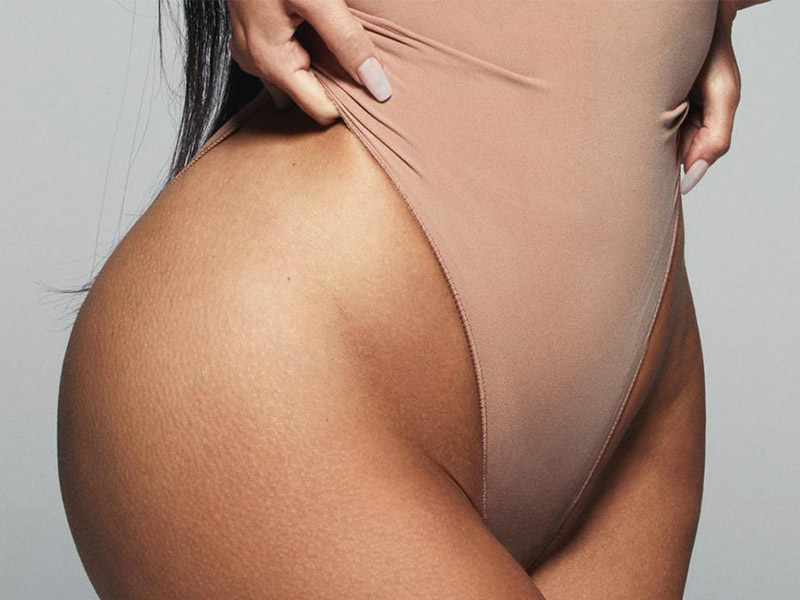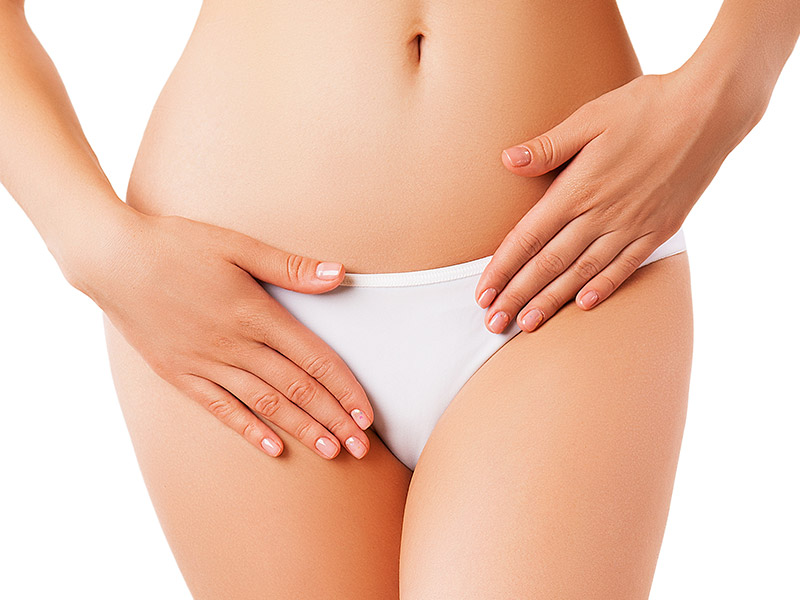How Labiaplasty Can Benefit Women
Labiaplasty is not just about enhancing aesthetics; it’s a solution for physical comfort and emotional well-being. Discover how this procedure can provide relief and empower women to lead their desired lives.
Our Achievements
What is Labiaplasty?
Women can be self-conscious about their labia for many different reasons. Some women are born with naturally large or elongated labia minora. Others experience changes in the labia after pregnancy and childbirth due to hormonal changes and stretching of the tissues.
Labiaplasty is a surgical procedure that is performed to reshape and tighten the labia (lips) in the genital area. This procedure reduces the size of the labia, which may become overly large due to genetics, aging, or childbirth. It can also correct uneven skin edges and asymmetry, improving the area’s overall aesthetic appearance and symptoms related to enlarged labia.
Labia come in many different shapes, sizes, and colors, and these characteristics can change over time. It is recommended that women wait until they have finished having children to undergo the labiaplasty procedure. This helps ensure long-lasting results.

Labiaplasty Candidates
Labiaplasty is an outpatient cosmetic procedure performed by board-certified plastic surgeons to reduce excess skin and labial tissue on the outer labia of the female genitalia. This vaginal rejuvenation procedure can provide relief from discomfort, improve intimacy, and lead to a more confident lifestyle. Ideal candidates for labiaplasty are women who have finished having children and who are in good overall health. It is recommended that candidates for labiaplasty schedule an initial consultation with a board-certified plastic surgeon to determine if this procedure is right for them.
The Labiaplasty Consultation
More and more women are choosing labiaplasty to improve their quality of life. If you want to find out if you’re a candidate for this popular procedure, come to the Aesthetic Surgery Center in Naples, FL, for a consultation. This is the first step in the process.
The surgeon will begin by obtaining some initial information on why you are seeking labiaplasty. This is the perfect time to ask any questions you may have or to address any concerns.
During your one-on-one meeting, the surgeon will review your medical history and conduct a physical examination to make sure that you are healthy enough for surgery. You and the surgeon will cover the steps needed for preparation, what to expect on the day of surgery, and what the recovery process will be like in full detail.
CALL TODAY TO SCHEDULE YOUR CONSULTATION
Labiaplasty Procedure

Our Aesthetic Surgery Center team is well-versed in various advanced surgical techniques that may be used to perform labiaplasty, depending on the anatomy of the labia and the desires of the patient. Our surgeons will use their meticulous surgical skills to achieve improvement both aesthetically and functionally for their patients.
Labiaplasty is performed on an outpatient basis under intravenous anesthesia or oral sedation. Once you have been sedated, an injection of lidocaine will be given into each side of the labia majora to numb the area and provide pain relief during surgery.
During the procedure, the surgeon trims excess tissue and contours the labia to create a smaller and more aesthetically pleasing labia minora. Though the labia can change somewhat even after labiaplasty surgery, the results are considered permanent.
The labiaplasty procedure typically takes an hour to perform, and you will be given time to recover in the office before being sent home.
Labiaplasty for Physical Comfort
Women sometimes choose labiaplasty solely for cosmetic reasons and their own self-esteem, but most labiaplasty patients are also looking to increase their physical comfort with the surgery. An enlarged labia is not just a cosmetic issue but a source of physical discomfort.
A large or long labia can rub, chafe, or bulge. Women who struggle with enlarged labia often cannot wear fitted clothing without embarrassment and may even find doing so uncomfortable. Exercise can be challenging since the labia may rub and chafe. An enlarged labia can also cause pain during sex and make intimate situations uncomfortable and embarrassing.
Labiaplasty can correct all of these issues and allow a woman to lead a more comfortable, active life. Labia problems affecting a woman’s sex life and ability to exercise or wear the clothing she wants can take both a physical and emotional toll, even affecting relationships in some cases. After surgery, most women feel much more confident and free to lead their preferred lifestyle.
The Labiaplasty Recovery Process
The labiaplasty recovery process is relatively straightforward and usually takes about one to two weeks. During this time, patients should avoid tight-fitting clothing and any strenuous activity, as this could interfere with the healing process. Depending on the trim method used, mild discomfort and swelling can be expected in the vaginal tissues as they heal from the procedure. The trim technique itself is a plastic surgery procedure that can be employed for both cosmetic and reconstructive surgery purposes to achieve desired aesthetic goals. Labiaplasty is an outpatient procedure that typically requires minimal downtime after its completion.
Risks and Complications of Labiaplasty
Although labiaplasty is a relatively safe procedure, there is always a risk of complications. Labiaplasty surgeons must be skilled and experienced to ensure that patients achieve their desired cosmetic goals while minimizing the risk of complications. Complications that can arise after labiaplasty include infection, scarring, loss of sensation in the area, and asymmetry. In some cases, dissolvable stitches may be used, which can cause irritation if not properly absorbed by the body. As with all vaginal surgeries, bleeding and bruising are also potential risks associated with labiaplasty. To ensure a safe and successful outcome, it is important for patients to find experienced labiaplasty surgeons who can provide results that will help them achieve their desired youthful appearance while minimizing potential risks and complications.
Labiaplasty Cost
The cost of labiaplasty varies from clinic to clinic but generally falls in the range of $3,000-$10,000 depending on the complexity of the procedure and other factors. At our Aesthetic Surgery Center in Naples, Florida, labiaplasty is performed in our AAAASF accredited facility.
Related Procedures: Rhinoplasty, Revision Rhinoplasty, The UpLift Facelift, Endoscopic Mid Facelift Surgery, Eyelid Surgery, Eyebrow Transplant, Chin & Cheek Surgery, Skin Cancer Reconstruction, Hair Transplant Surgery, Surgery of the Ears, Fat Transfer (Fat Grafting), Lip Augmentation, Endoscopic Eyebrow Lift, Scar Revision
Why choose Aesthetic Surgery Center
Dr. Anurag Agarwal, M.D., F.A.C.S.
- Double board-certified facial plastic surgeon by the American Board of Facial Plastic and Reconstructive Surgery and the American Board of Otolaryngology – Head and Neck Surgery.
- Oral examiner and Board of Directors for the American Board of Facial Plastic and Reconstructive Surgery
- Former President of the Florida Society of Facial Plastic and Reconstructive Surgery
- Received his Doctor of Medicine at Philadelphia’s MCP-Hahnemann School of Medicine in 1999 and was elected to the Alpha Omega Alpha Honor Society.
- In 2016, Dr. Agarwal was honored at the annual American Academy of Facial Plastic and Reconstructive Surgery national meeting.
Richard W. Maloney, M.D., F.A.C.S.
- Double board-certified facial plastic surgeon by both the American Board of Facial Plastic and Reconstructive surgery and the American Board of Otolaryngology-Head and Neck Surgery.
- Served as chief investigator for numerous laser application systems for CO2, Argon, Nd:YAG, ER:YAG and Krypton lasers used in Facial surgery.
- Fellow American Academy of Facial Plastic and Reconstructive Surgery and American Academy of Cosmetic Surgeons
- Board-certified plastic surgeon by the American Board of Plastic Surgery.
- Attended medical school at UNMC (University of Nebraska Medical College).
- Was elected to the Alpha Omega Alpha Honor Society.
- Member of The Aesthetic Society, the Florida Medical Association, and Collier County Medical Society.
- General surgery residency at Loyola University Medical Center in Maywood, IL
- Plastic surgery residency at Cleveland Clinic Florida








